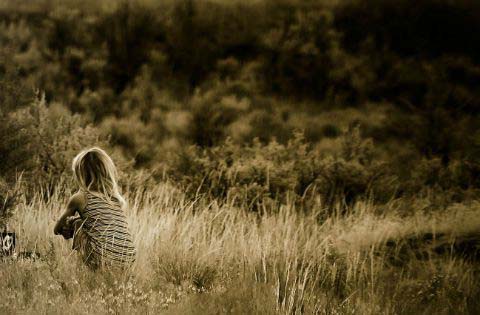Dealing with Death in the Family: Depth Perspectives, 1

We live in a culture that often gives the message that the best manner of dealing with death in the family is really to not deal with it at all.

Yet grief and grieving are an essential part of the psyche coming to terms with the loss of a close family member. We may well speak of an archetypal pattern to human grief. U. Mass. Prof. James Averill has made a strong case that grief is a process of biological evolution that actually helps us adapt and cope.
Is It O.K. to Grieve?
Is it “O.K.” to grieve? The answer to this question might seem to be an obvious “Yes!” Yet sometimes there are deep barriers to an individual truly grieving the loss of a family member. These barriers can be within the individual him- or herself, or in those around them — or both.
When people grieve, it often makes others uncomfortable. Sometimes other people don’t know what to say or do around a grieving individual, and sometimes, the pain of the grieving individual is an uncomfortable reminder of a person’s own losses, either past, or anticipated in the future.
But if grief truly is a biological, or even archetypal necessity for the individual to come to terms with loss, we cannot trivialize the importance of engaging in grieving. The individual needs to face the loss, and those close to him or her must allow them
In my experience as a case studies, it is very concerning when a child has not been allowed to grieve. Often adults remain psychologically stuck exactly at the place where grief has left them as a child.
Aspects of Grief
We must emphasize that these aspects are not stages. There is no right or wrong order, nor any way it “should” go.
Avoidance of grief is often an early response. The grieving individual is consumed with the urge to recover the lost person, to bring them back into the relationship that has always been with the person.
Confrontation with the loss is another aspect of the process. Here, the individual often experiences confusion, disorganization, despair, acute sadness, anger, sometimes guilt, and a range of other feelings felt acutely.
Re-establishment is a third, often less recognized aspect of the process. In this aspect, the emphasis is on the gradual decline of grief, and the individual gradually coming back into social and emotional connection with the everyday world.
Each aspect must be met and accepted by the individual. Grief counselling in a /a-midlife-transition context can often be very useful in assisting with this.
Grief is Very Individual
Depth case studies recognizes that grief is the uniquely specific experience of an individual personality, who is in a uniquely individual relationship with the deceased. The meaning of the grief experience, and the best way of dealing with it, will be an individual journey. But rather than leaving the person alone to do that, /a-midlife-transition provides a solid and unwavering support to the individual dealing with death in the family.

The Grief Work has to Get Done
The individual must be allowed and enabled to grieve in their own way, and supported throughout. Otherwise life stays in a holding pattern, because the need to grieve is a powerful enough force in the life of the individual to require them to do this healing work before life moves on.
Depth case studies often greatly assists the grief process in following its natural, individual course.
Brian Collinson, Psychotherapist and Jungian Analyst
[cta]
